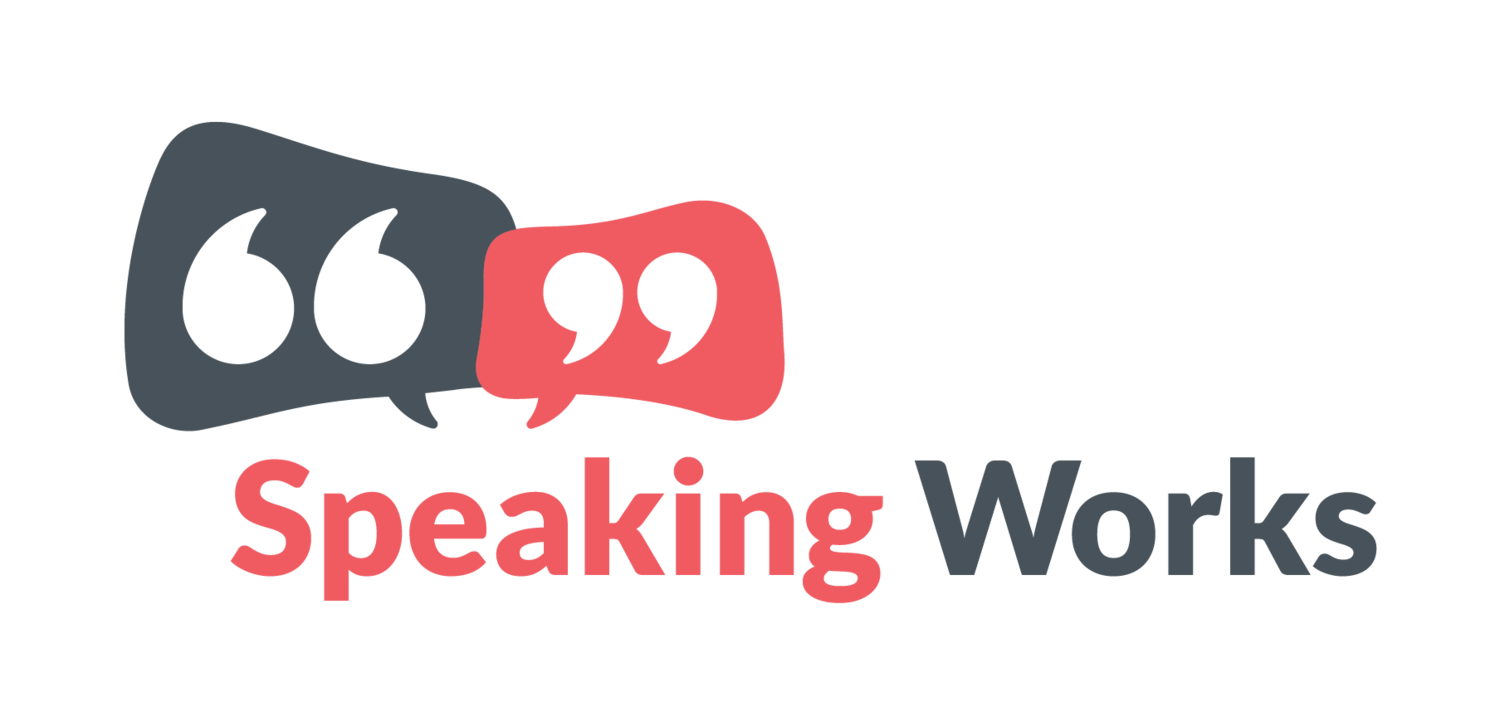The invisible cost of being too afraid to speak up in meetings
How public speaking anxiety and imposter syndrome can unintentionally project the wrong social signals
Many of my clients remain quiet in meetings due to fear of judgment, imposter syndrome, or low self-confidence (in an attempt to stay safe). However, doing this projects the wrong signals hindering good communication and potentially progress at work. So many struggle with this so I have done a little digging into research…
Here are some key points to back up the concept that staying silent and not working on active listening, body language and facial expressions can backfire socially and professionally…
1. Imposter Syndrome Fuels Silence
Imposter syndrome — the persistent fear of being exposed as a fraud despite evidence of competence — is linked to increased anxiety and self-doubt in professional settings. People with imposter feelings tend to over-prepare, hold back in group discussions, and avoid speaking up to prevent being “found out” (Clance & Imes, 1978; Bravata et al., 2020).
🔍 Result: Their silence is driven by internal fear, not a lack of ideas or ability.
How I think they can come accross to others: Lacking in authority, confidence and knowledge.
2. Silence Can Be Misread as Disengagement
Psychologist Amy Cuddy’s research into presence and body language (she is great, check out her TedTalk & book if you haven’t already) shows that people who are silent or reserved in group settings are often perceived as less competent, less warm, and even less trustworthy — regardless of their actual intent (Cuddy, Kohut, & Neffinger, 2013).
🔍 When someone doesn't speak, others may assume they’re disinterested, aloof, or even disagreeable.
3. Absence of Voice = Absence of Visibility
In organisational psychology, “voice” is seen as a key component of engagement and leadership potential. Edmondson (1999) and Detert & Burris (2007) highlight that employees who fail to contribute ideas or questions in meetings are often overlooked for opportunities, as visibility and perceived confidence play a major role in career progression.
🔍 Staying quiet makes people less memorable, which hinders trust, influence, and career mobility.
4. Nonverbal Signals May Reinforce the Misunderstanding
Fearful silence is often accompanied by closed body language, limited eye contact, or flat facial expressions — all of which can be misread as moodiness or disinterest (Goman, 2008). People who feel socially anxious may unintentionally present a “cold” or “unapproachable” front.
🔍 Others may assume they’re uninterested or even unhappy, when they’re simply trying not to mess up. This is an issue I have time and time again with clients. They don’t want attention on them but then appear unapproachable.
If this resonates, I urge you to work on your confidence and speaking skills to speak up…
Silence often leads to misperceptions — employees who hesitate to speak are often perceived as less committed or uninterested.
Imposter syndrome further suppresses voice, reducing leadership visibility and influence.
Nonverbal cues matter — withdrawn posture, flat affect, and limited eye contact can be misconstrued as aloofness or moodiness.
WARNING - Please note - this doesn’t mean I want you to dominate conversations! Listening to others and sharing space is just as important too. Some impostor-driven individuals are seen as more empathetic and relationship-focused, which can bolster interpersonal appeal too.
Do you want to make sure you are being seen, you are speaking up and you are sounding authoritative, clear and trustwothy? Get in touch, I would love to help you.
Group Online Training - Starting in 2 weeks!
Want to make sure you are speaking up in meetings? Join my next (small) group workshop to get a mix of 1:1 and group sessions to give you key skills and actions to change your habits.
Lovely words from attendees from the May course:
“I highly recommend Jude to anyone looking to gain more confidence with public speaking! Jude offered expert guidance and so many tips, strategies and exercises to really help beat the nerves and speak with confidence” - Lucy
“Jude was a huge help in building my confidence with public speaking, her practical tips and support has made a huge difference. I am now much more confident and comfortable speaking up in public! Thank you.” - Jemma
Key Sources:
Clance, P. R., & Imes, S. A. (1978). The imposter phenomenon in high achieving women: Dynamics and therapeutic intervention. Psychotherapy: Theory, Research & Practice.
Bravata, D. M., et al. (2020). Prevalence, predictors, and treatment of impostor syndrome: a systematic review. Journal of General Internal Medicine.
Cuddy, A. J. C., Kohut, M., & Neffinger, J. (2013). Connect, then lead. Harvard Business Review.
Edmondson, A. (1999). Psychological safety and learning behavior in work teams. Administrative Science Quarterly.
Detert, J. R., & Burris, E. R. (2007). Leadership behavior and employee voice: Is the door really open? Academy of Management Journal.
Goman, C. K. (2008). The Nonverbal Advantage: Secrets and Science of Body Language at Work.

